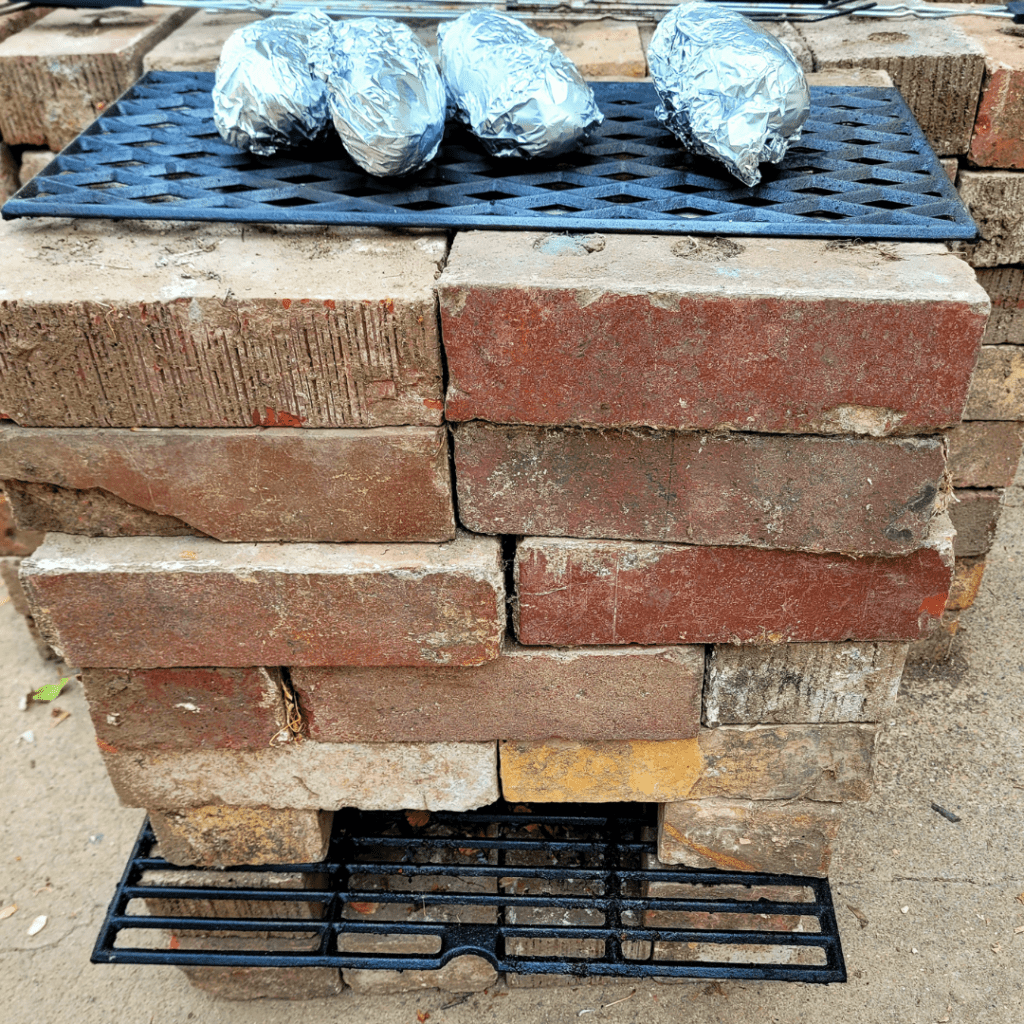Discover practical survival lessons from the Great Depression that still apply today. From wasting nothing to growing food, bartering, and finding resilience, learn timeless skills to thrive in uncertain times.
When times get tough, I often think back to how people survived during the Great Depression. They didn’t have the conveniences or technology we rely on today, but they managed to make it through some of the hardest years in American history. The lessons they learned about resourcefulness, community, and resilience are just as valuable now as they were then. In fact, living off-grid has taught me that many of those old-fashioned skills are exactly what we need to hold onto today. So, let’s look at some of the most important survival lessons from the Great Depression and how we can apply them to our own lives.
This is a pinnable post. Tap or hover over any image in this post to pin to your Pinterest Boards.
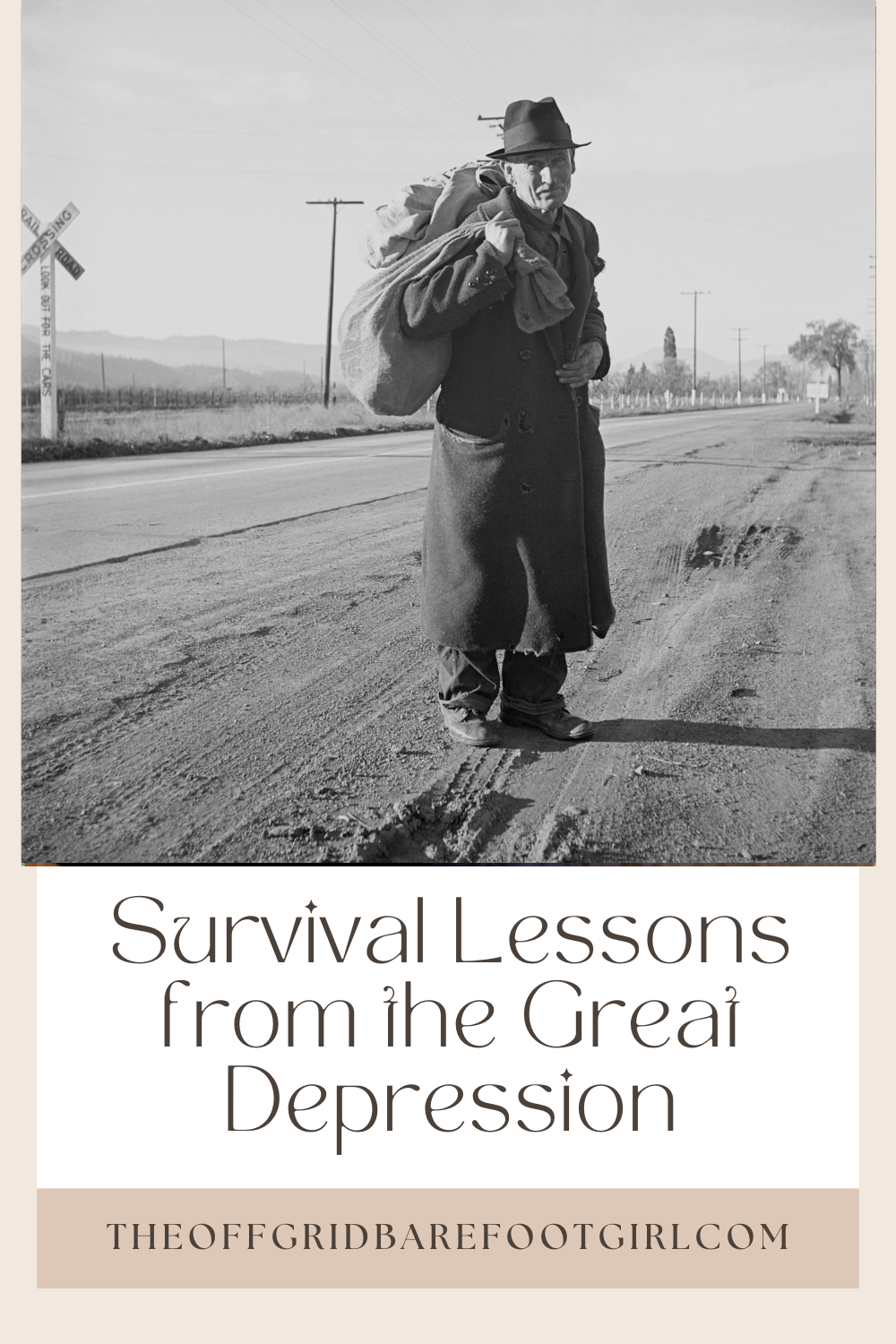
Survival Lessons from the Great Depression
1. Waste Nothing, Reuse Everything

Back then, nothing went to waste. Every single item had value, and families learned to see potential in even the smallest scraps. Glass jars weren’t tossed after one use—they were washed, sterilized, and ready for another season of food preservation. It wasn’t unusual for the same jar to last through years of canning and storing.
Fabric scraps also had a second life. Pieces from worn-out clothing were carefully saved and stitched together into quilts, rugs, or even new garments. What seemed too small to be useful was combined with other pieces until something practical emerged. These creative solutions weren’t hobbies—they were necessities for families trying to stretch what little they had.
Even tin cans found new purpose as storage containers, pencil holders, or makeshift tools in the garden and workshop. Nothing was seen as garbage unless it was truly beyond repair. This practice went far beyond simple frugality—it was about survival, ingenuity, and making sure every resource counted.
Today’s Takeaway:
We live in a throwaway culture, but by learning to reuse what we have, we reduce waste, save money, and cut back on dependency on stores. DIY projects, upcycling, and repurposing household items can make a huge difference in how self-sufficient we are.
2. Grow and Preserve Your Own Food
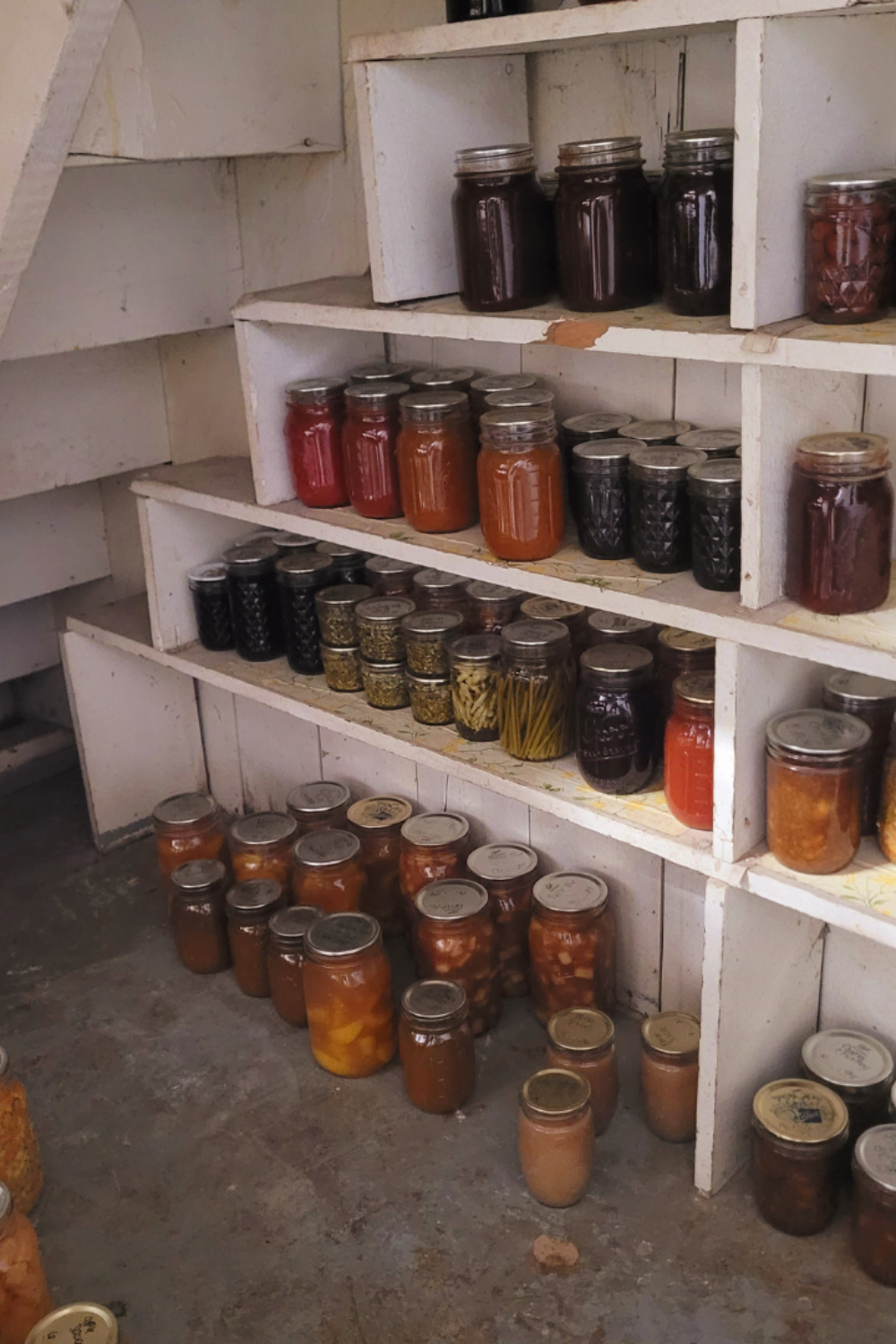
Victory gardens were more than a trend during the Great Depression and World War II—they were a way of life. Families understood that relying on their own land, no matter how small, meant greater security during times of scarcity. Lawns, empty lots, and even city rooftops were transformed into plots of vegetables, fruits, and herbs.
Growing food at home provided not only sustenance but also a sense of independence. A garden meant fewer worries about empty store shelves or rising food prices. Every row of beans, carrots, or potatoes represented peace of mind and the knowledge that a family could feed itself no matter what happened in the outside world.
Learning to preserve that food was just as important as growing it. Families canned fruits and vegetables, dried herbs and meats, and stored root crops in cellars to last through the winter. These practices ensured that the bounty of summer carried them through the cold months ahead, proving that self-reliance was one of the greatest tools for survival.
Today’s Takeaway:
This is where I find joy in my own off-grid life. From canning quince jam to apple butter and pear butter, I know that filling jars for the pantry is more than just food security—it’s peace of mind. Preserving food ensures you always have a supply, no matter what happens at the store. You can see all what I preserve on my little cottage homestead in my Prep Your Pantry category of recipes!
3. Cooking with Very Little
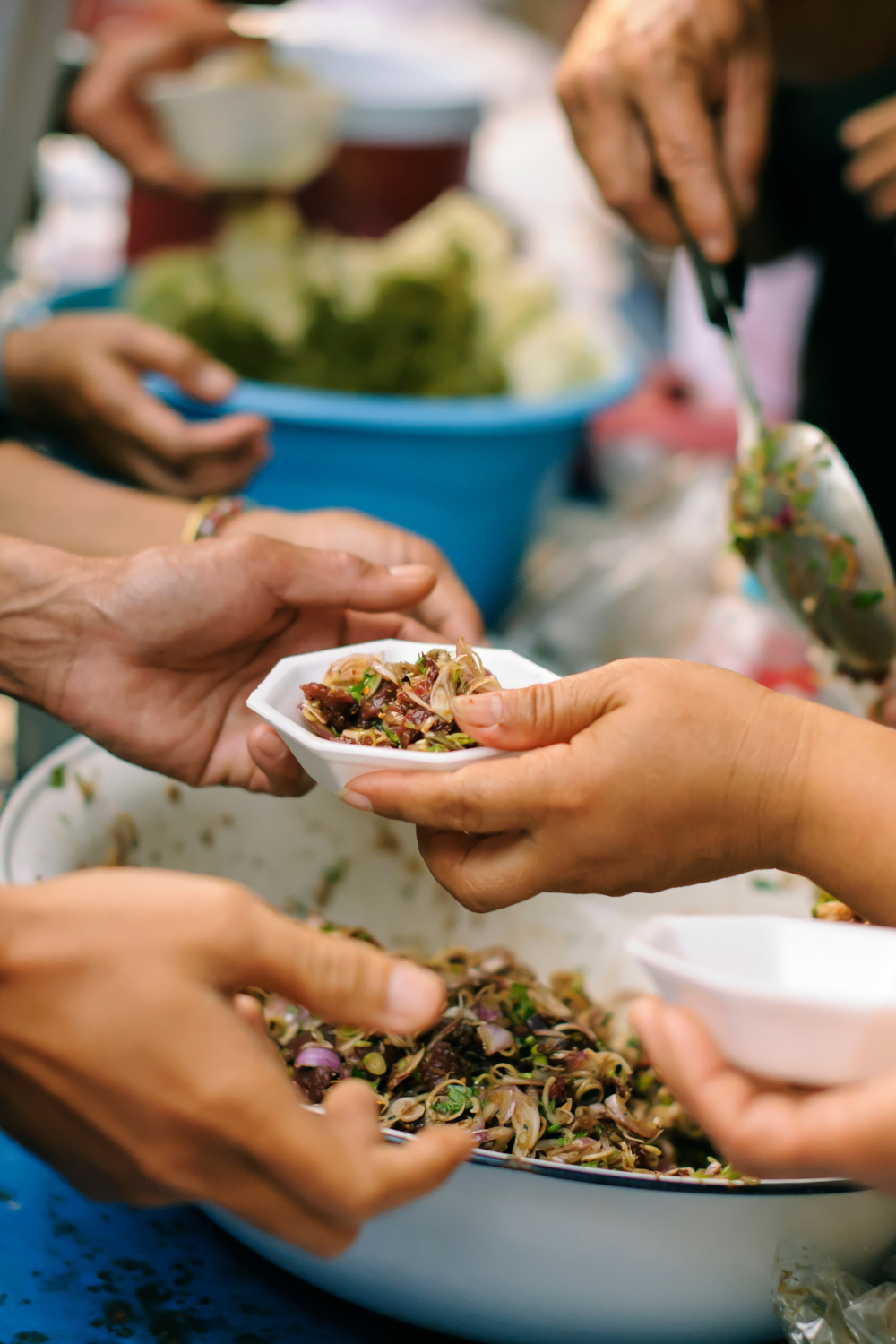
Meals were carefully planned and stretched as far as possible during the Great Depression. Staples like beans, bread, soups, and oats became the foundation of daily eating. Families relied on these simple ingredients to create filling meals that could feed everyone at the table without wasting a single morsel.
Creativity in the kitchen was a necessity. Leftovers were transformed into entirely new dishes, and even the smallest scraps of food were repurposed. Potato peels could become soup stock, stale bread turned into puddings or breadcrumbs, and vegetables that were past their prime were simmered into hearty stews.
This approach wasn’t just about saving money—it was about survival. Families learned to appreciate every bite, make the most of limited resources, and develop cooking skills that required imagination and careful thought. Stretching meals in this way ensured that no food went to waste and that everyone could eat, even in hard times.
Today’s Takeaway:
It’s a great reminder that simple food is often the most nourishing. You can make hearty soups, bread, and oatmeal dishes that cost very little but keep your family fed. Depression-era meals like potato soup or homemade biscuits are still worth making today. Check out some of my cooking and baking recipes in my cast-iron cooking and bread-making categories!
4. Community and Barter
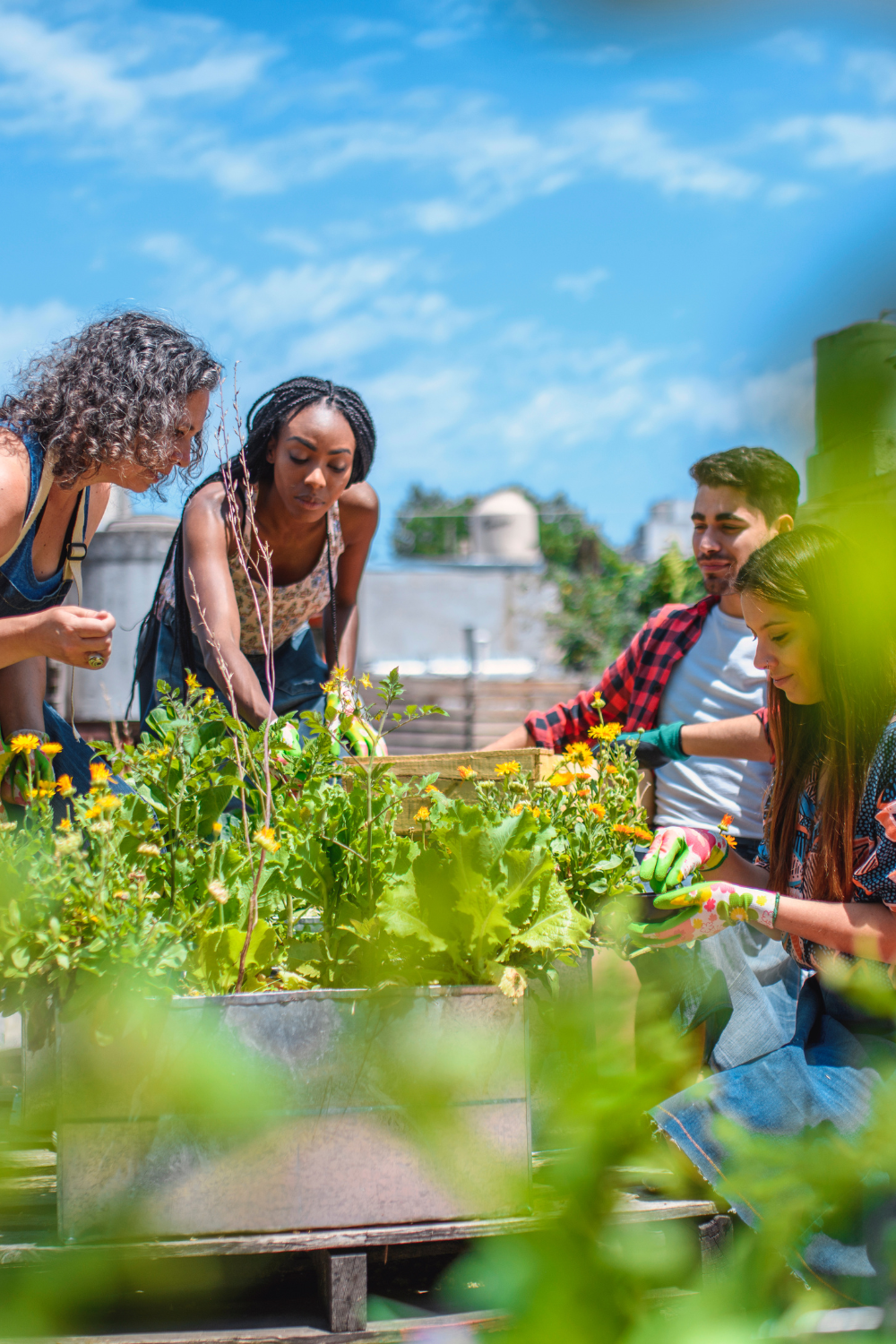
Money was scarce during the Great Depression, and families quickly realized they couldn’t make it on their own. Neighbors became a lifeline, sharing resources, advice, and support whenever they could. Communities that worked together were often the ones that survived the toughest times.
Bartering became a common practice when cash was in short supply. Goods and services were exchanged directly—eggs for milk, sewing for firewood, or labor for food. Each family contributed what they could, creating a system where everyone benefited and nothing went to waste.
This reliance on one another went beyond simple trade. It fostered trust, cooperation, and a sense of shared responsibility. People learned that survival wasn’t just about what they had—it was also about the relationships and networks they could count on during hard times.
Today’s Takeaway:
Building community is just as important now. Local barter groups, skill-sharing circles, or even helping a neighbor can strengthen ties and prepare us for uncertain times. None of us can truly be self-sufficient alone—we need each other.
5. Making Do Without

Clothes were treasured and repaired repeatedly during the Great Depression. Rather than being discarded at the first sign of wear, garments were mended, patched, and altered to extend their life as long as possible. Every stitch mattered, and sewing skills became essential for keeping a family dressed and comfortable.
Toys were often handmade, crafted from scraps of wood, fabric, or whatever materials were on hand. Children learned to be creative, finding joy in simple, homemade playthings rather than store-bought items. These toys were not only functional but also carried a sense of love and care from the person who made them.
Entertainment was similarly simple and resourceful. Families gathered around card games, played music together, or shared stories by the fire. Without the distractions of modern technology, they found connection, joy, and imagination in the little things—proving that happiness doesn’t require money, just presence and creativity.
Today’s Takeaway:
In a world where we’re always told to buy more of the latest trends, learning to make do with less is freeing. Finding joy in simple, creative activities not only saves money but also deepens family connections.
6. Resilience & Mindset

Perhaps the most important lesson from the Great Depression was resilience. Families faced constant uncertainty and hardship, yet they adapted and persevered. Every challenge, from empty store shelves to lost jobs, demanded resourcefulness and determination.
People pulled together, leaning on each other for support and encouragement. Neighbors helped neighbors, families shared what little they had, and communities created networks of care. This sense of unity helped people endure circumstances that might have otherwise felt overwhelming.
Even in the darkest times, families found joy in small things—shared meals, handmade toys, music, or stories by the fire. They refused to give up, proving that the strength of spirit and a positive mindset can carry you through even the toughest challenges. Resilience wasn’t just survival; it was a way of life.
Today’s Takeaway:
Mindset is half the battle in hard times. Focusing on gratitude, staying resourceful, and keeping faith in the future can carry you further than you realize.
Conclusion
The Great Depression was one of the most challenging periods in modern history, yet it left behind lessons that are still incredibly relevant today. Families learned to waste nothing, repurpose what they had, grow and preserve their own food, and rely on the strength of their communities. These practices weren’t just about survival in the moment—they taught people how to live thoughtfully, make the most of limited resources, and find creativity in every situation.
Even now, these lessons hold tremendous value. Preparing for uncertain times or simply striving to live more intentionally, embracing these principles can transform the way you approach life. By being resourceful, cultivating your own food, building supportive networks, and nurturing resilience, we can navigate challenges with confidence and purpose, just as families did during those difficult years.
Learn how historical survival strategies can inform your modern prepping and emergency planning in The Complete Guide to Emergency Preparedness: Everything You Need to Thrive in Any Situation.
Resources: Here are some helpful resources for further information.
- Home, Safe Home: 10 Ways to Secure Your Home – By How Stuff Works
- 11 Simple Ways to Secure Your New Home in 2025 – By SafeWise
- Confidence at Home, Even When You’re Not – By Secured Home USA
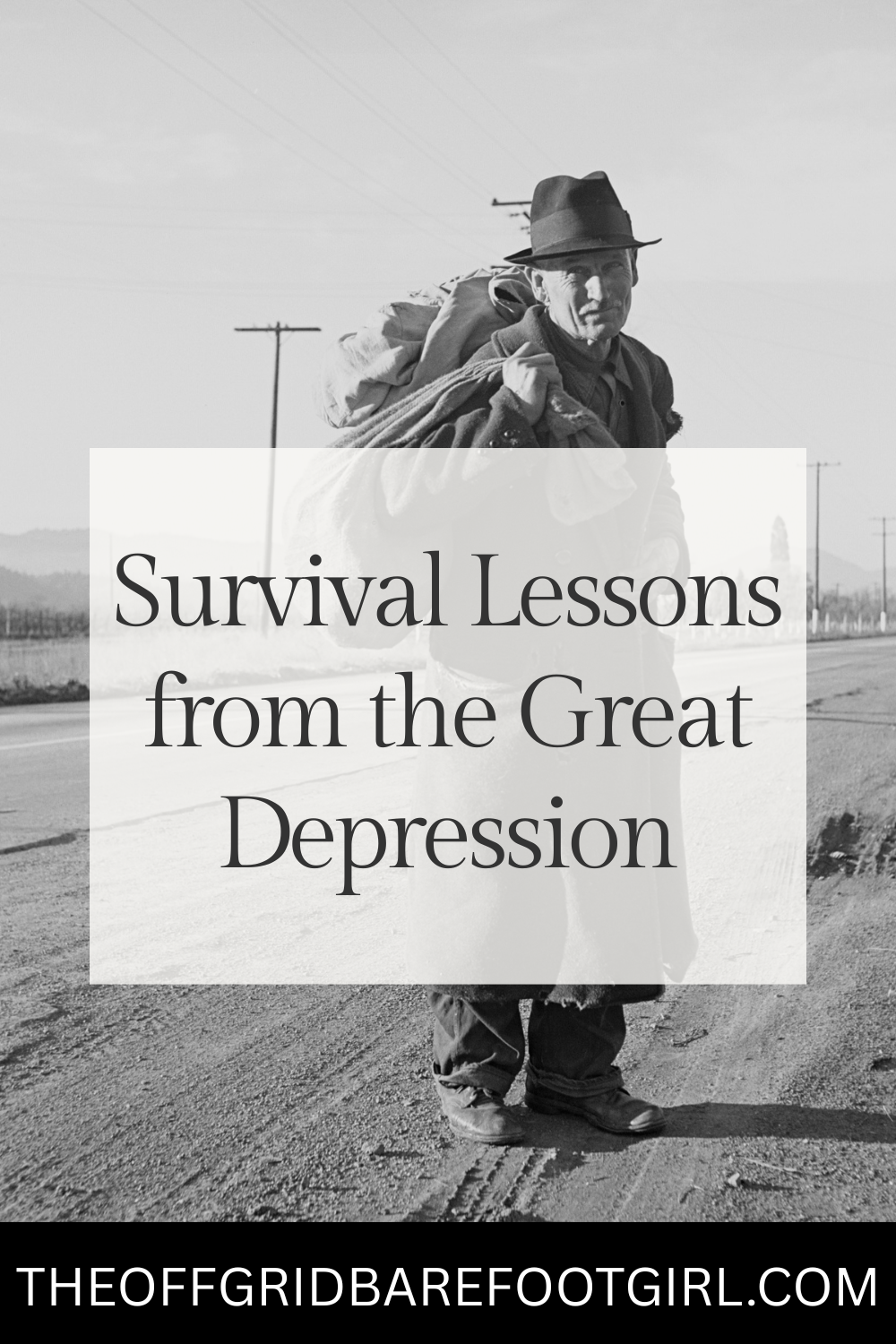
Frequently Asked Questions
1. What were common meals during the Great Depression?
Meals were simple and filling: bean soups, potatoes, cornbread, oatmeal, and homemade bread. Families relied on affordable staples that could stretch across multiple meals.
2. How did people save money during the Great Depression?
They reused everything, mended clothes, grew food, and bartered services. Spending was limited to absolute necessities.
3. Are these survival lessons still relevant today?
Yes, absolutely. With rising costs and uncertainty in the world, learning to live with less, grow your own food, and build strong community ties is more important than ever.
4. What’s the biggest lesson from the Great Depression?
Resilience. People learned to adapt, stay strong, and find joy in small things even when times were incredibly hard. That mindset is something we can all benefit from today.
Summary
I hope I have inspired you to live sustainably with these tips and products.
If you were encouraged by this post, I invite you to check out my FREE Printables Page for fun free printables, planners, and charts.
ENTER MY FREE Printables Page HERE
Here are some more of my gardening inspiration posts to check out!
The Best 15 Homesteading Blogs to Follow for Inspiration
How to Criminal-Proof Your Home with These 5 Steps
How to Create Your Cottagecore Aesthetic Dream Home
Ideas for Rustic Living Room Vibes You’ll Love All Year Round!
How to Prep Your Home for Chilly Fall Nights
Bring Back the Magic of Fireflies and Lightning Bugs with Solar Power!
The Ultimate Portable Power Bank for Homesteaders and Preppers!
A Bug Out Bag That’s Actually Ready — When You Need It Most!
Magical Ways to Use Fairy Lights in Your Off-Grid Home
How to Live a Cozy Off-Grid Life
The Best Off-Grid Kitchen Tools for Indoors (No Power Needed!)
DIY Solar Made Simple: How I Powered My Off-Grid Life with Practical Preppers!
Sleeper Cells in America: What You Need to Know Now!
How People Are Surviving in Broken Cities with Broken Systems
When the World Hurts, We Prepare with Purpose
How to Live On Raw Land: Everything You Need to Know!
How to Do Off-Grid Laundry with Eco-Friendly Laundry Detergent!
Hollywood on Fire! What Secrets Are In the Ashes?
FEMA Concentration Camps? Are Echos of the Past Returning?
How Likely Is a Russian EMP? One Pulse Could Black Us Out!
What Dark Secrets Lie in The Bird Flu Symptoms?
The Blackout Sun: Who Is Blacking Out Our Sunlight?
More Posts!
How to Bug-In During a Deep Freeze!
‘FOGVID-24?’ What’s in the Mysterious Fog That’s Making Everyone Sick?
From Snow to Sow: Plan Your Spring Garden Now!
11 Fun Ways to Brighten Your Spring Garden with Personality
Top 10 Spring Garden Crops to Harvest in 30 Days and Eat Now!
The Best Survival Crops for Caloric Survival
More Posts!
My Victory Garden: What I Learned from 5+ Years
Why Every Family Should Have a Victory Garden in Their Backyard Now!
The Best Perennials for a Long-Term Survival Garden
The Best Essential Oils for Plants That Repel Garden Bugs
How to Grow Green Garden Peas: Perfect Plump Peas!
Hugelkultur: Does This Epic Pioneering Method Actually Work?
9 Ways to Celebrate Earthing Day in Your Garden!
Gardening Indoors: Secrets of Growing Your Food Inside!
How to DIY a Milk Jug Drip Irrigation System!
Why Cedar Mulch Is The Perfect Natural Weed Barrier
Gardening Projects
Onions: How to Grow Onions for Storage
Peas: How to Grow Garden Peas for a Bumper Crop
Carrots: How to Grow Carrots for a Bountiful Harvest
Prep Your Garden for Spring Planting with These Expert Tips!
How to Grow a Prepper Garden to Survive and Thrive
The Best Garden Tools You Need for a Productive Season
Fastest Growing Vegetables for Your Survival Garden
How to Grow Marigolds As Pest Control In Your Vegetable Garden
Must-Have Tools for a Successful Balcony Vegetable Garden
How to Effectively Combat Powdery Mildew in Your Garden
The Best Tips for Organic Gardening
How to Release Ladybugs In Your Garden for Organic Pest Control
More Posts!!
The Best Garden Snail Control Strategies
The Best Spring Vegetables to Grow in Your Garden
Seed Starter Mix: How To Make Your Organic Seed Starter Mix At Home
How to Grow a Productive Canning Garden
How to Plant and Grow a Salsa Garden
Easiest Heirloom Vegetable Seeds to Grow Now
How to Use the Hand Twist Claw Tiller: Tackling Tough Soil
More Fun Gardening Posts to Check Out!
Planning Your Garden: How to Plan a Vegetable Garden: Expert Green Thumb Tips!
Winterizing the Garden: How to Winterize Your Vegetable Garden: Step-by-Step Checklist
Mulching the Garden: How to Make Leaf Litter Mulch
Grow a Pumpkin Patch: How to Grow a Pumpkin Patch in Your Backyard
How to Grow a Fall Garden: 9 Best Fall Crops
Clever Ways to Incorporate Indoor Composting into Your Home
How to Start Composting for the Garden: A Step-by-Step Guide
The Ultimate Guide to Composting in Your Suburban Backyard
Why I Built A Survival Garden in My Backyard
16 Best Medicinal Herbs to Grow in Your Garden Now
Blessings,
The Off Grid Barefoot Girl




